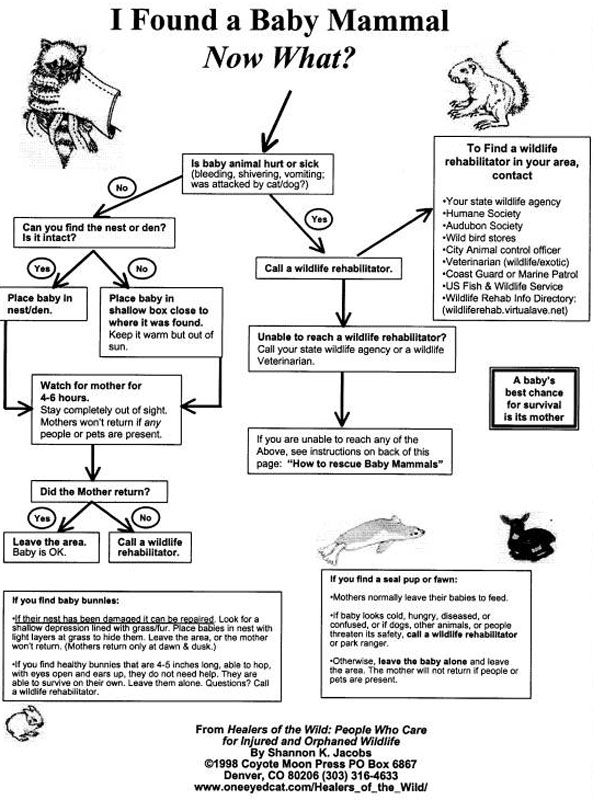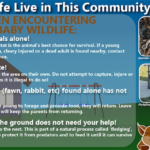How to Safely Handle Found Baby Animals: A Complete Guide
If you’ve ever encountered a baby animal seemingly abandoned, it’s natural to feel the urge to help. However, it’s important to handle such situations carefully to ensure the well-being of the animal and to avoid causing unintended harm. In this guide, we’ll cover everything you need to know about safely managing such scenarios.
Understanding the Basics of Handling Found Animals
Most baby animals that appear to be alone are not truly abandoned. Observing their behavior and surroundings can often reveal that their parents are nearby, providing care discreetly to avoid drawing attention from predators.
Why You Should Observe Before Acting
Stepping back and carefully observing the animal is a crucial first step. Many wildlife species, such as birds, rabbits, and squirrels, have parents that remain distant to protect their young. Look for these signs:
- Healthy Movement: The baby animal appears active and uninjured.
- Parental Visits: Observe from a distance for an extended period to see if a parent returns.
- No Visible Distress: The animal isn’t crying excessively or wandering aimlessly.
“Observation is the best way to protect young wildlife.” – Wildlife Rehabilitation Experts
What to Do if the Baby Animal Needs Help
Checking for a Nest
If the animal seems healthy but vulnerable, your first action should be to locate its nest or habitat.
- Locate the Nest: Look for nests or burrows in nearby trees, shrubs, or the ground.
- Gently Return the Baby: Use gloves to handle the animal and return it to its original location.
- Create a Temporary Nest: If the nest is inaccessible or destroyed, create a surrogate nest using a small breathable container with soft bedding like grass or cloth.
Here’s a helpful visual guide: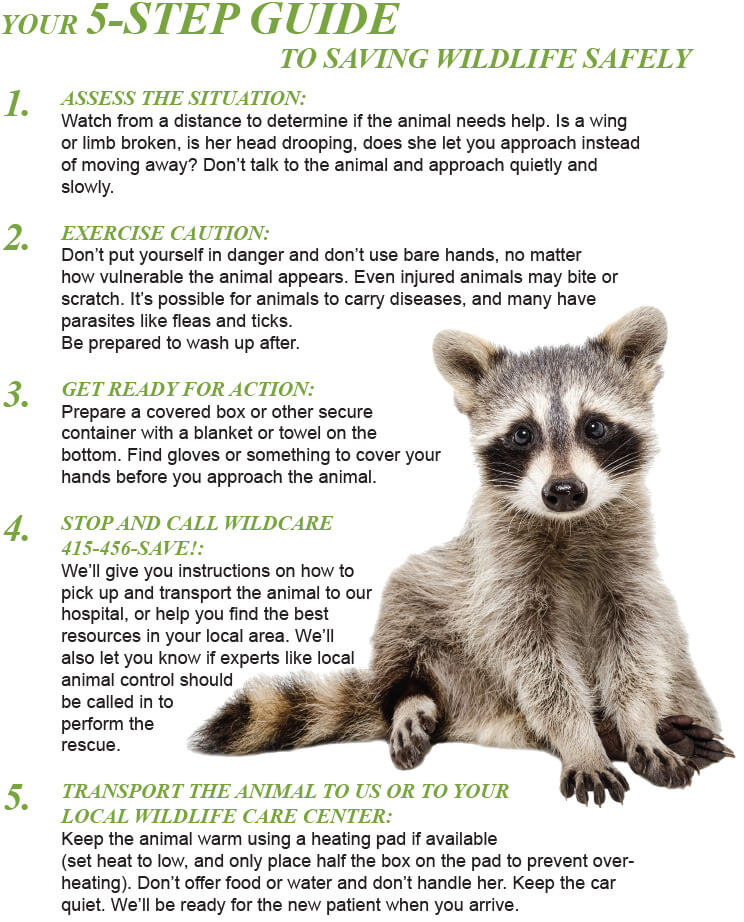
Pro Tip: Parents do not abandon their young due to human scent. It’s safe to touch the baby when necessary.
How to Tell If an Animal Is Orphaned
Not every found baby animal is truly orphaned. Use these methods to confirm:
- Parental Monitoring Test: Place small twigs or grass over the nest in a tic-tac-toe pattern. Check after 24 hours—if disturbed, the parents have returned.
- Observe from a Distance: Ensure you’re far enough away to avoid scaring the parents.
If you suspect the animal is orphaned or abandoned, contact your local wildlife rescue center.

Intervening Safely When Necessary
Sometimes, intervention is unavoidable, such as when the baby animal is injured or in immediate danger. Here’s how to handle the situation responsibly:
Wear Protective Gear
Always wear gloves when handling wildlife to protect yourself and the animal from potential diseases.
- Latex or nitrile gloves are ideal.
- Avoid direct skin contact to minimize stress on the animal.
Prepare a Safe Transport Box
A proper transport setup ensures the animal remains calm and safe:
- Use a small cardboard box with air holes.
- Line it with a soft, non-stringy cloth.
- Keep the box in a quiet, warm location away from pets and children.
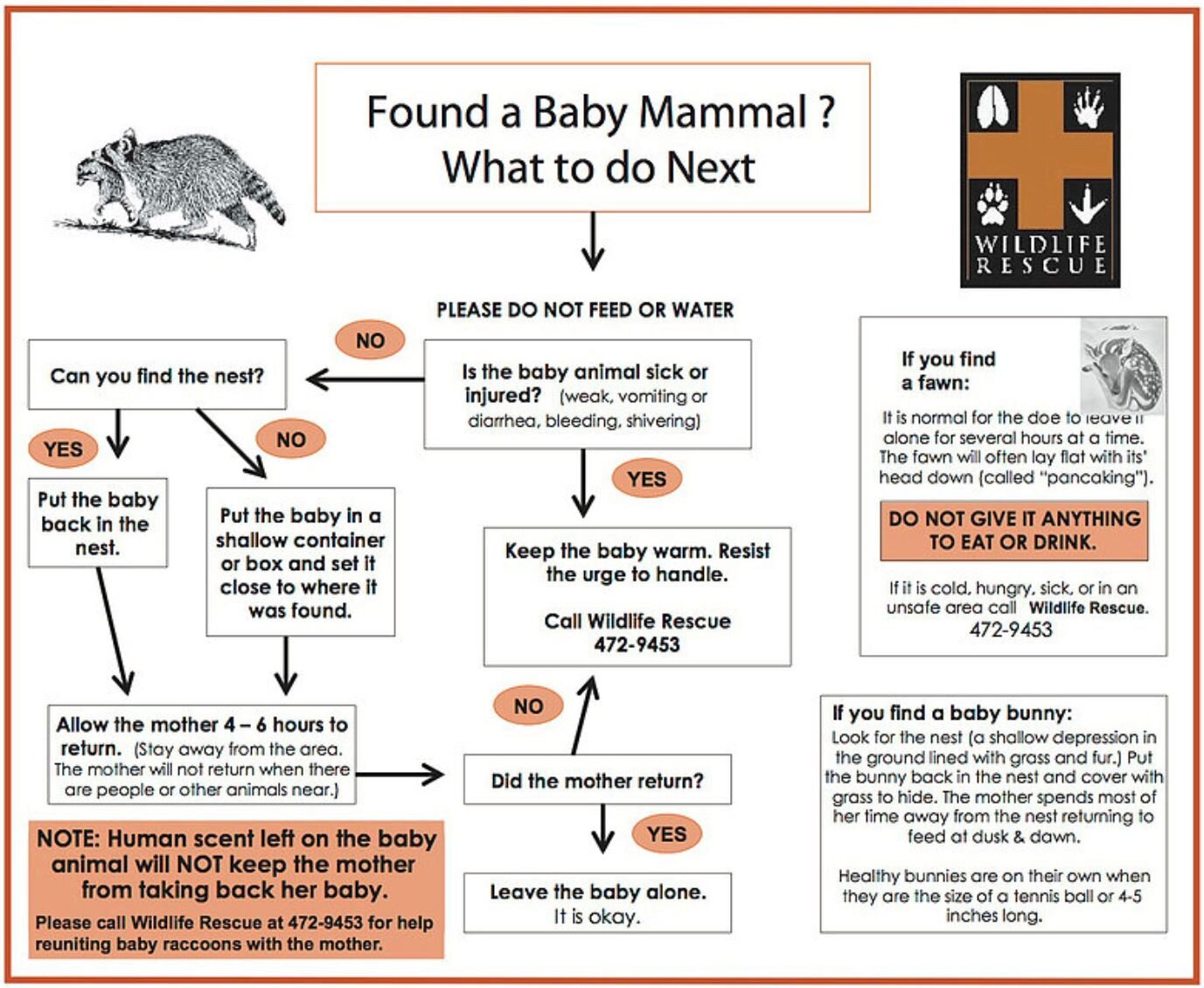
Pro Tip: Use a heating pad on a low setting or a sock filled with warm rice to maintain warmth without direct contact.
What You Shouldn’t Do
While your intentions may be good, improper actions can harm the animal.
- Do Not Feed or Water the Animal: Baby animals have specific dietary needs, and improper feeding can lead to severe health issues. Wait for guidance from a wildlife rehabilitator.
- Avoid Excessive Handling: Limit contact to reduce stress and prevent the transfer of harmful bacteria or diseases.
Check out MyTopDeals10 for more wildlife care essentials and exclusive insights.
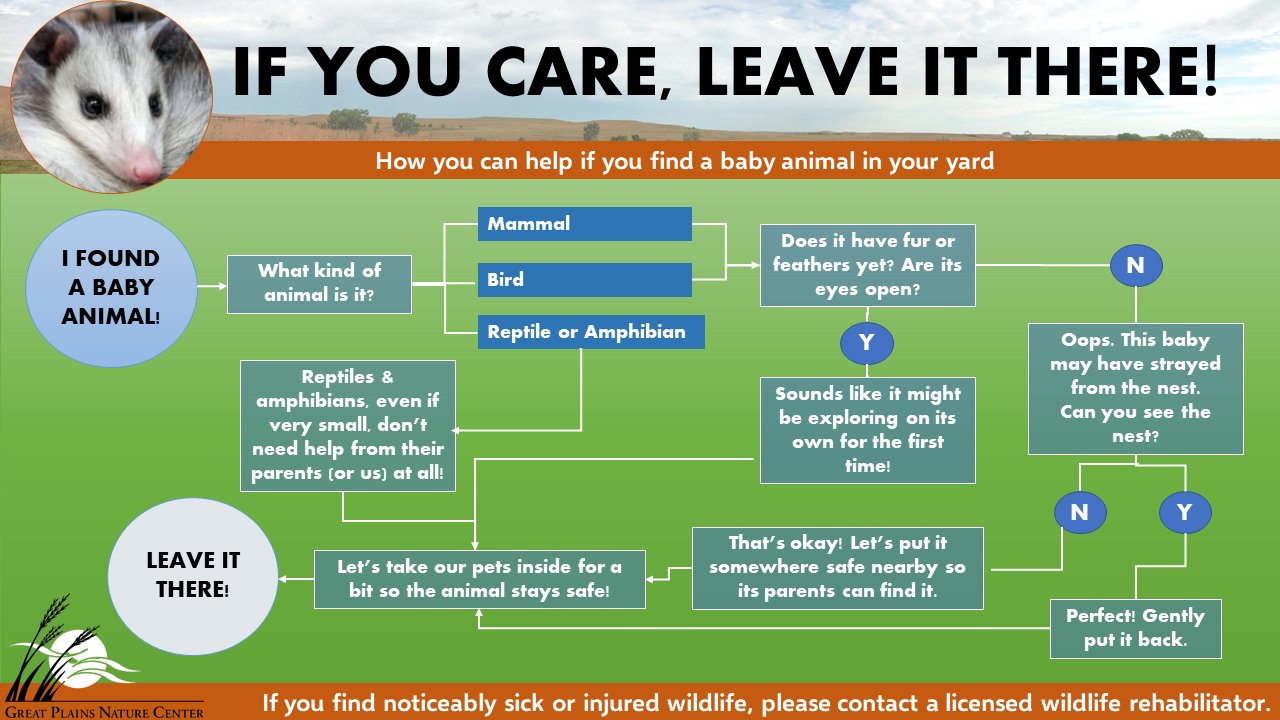
Where to Get Professional Help
If you’re uncertain about the animal’s condition, always consult wildlife professionals. Reach out to licensed wildlife rescue organizations or centers in your area. Provide them with the following details:
- Species Information: If identifiable
- Exact Location: Where the animal was found
- Observed Behavior: Note any unusual activity or distress
For a complete list of wildlife care products, visit Found My Animal and use the discount code mytopdeals10 to save on your purchase.
The second half of this guide will delve deeper into specific wildlife care scenarios, advanced tips, and practical tools to ensure you’re fully equipped to handle these delicate situations. Stay tuned!
Additional Tips for Handling Baby Animals Safely
When it comes to helping found baby animals, extra care and knowledge go a long way. Beyond the basic steps, here are some advanced tips to ensure the safety of the wildlife you encounter.
Stay Calm and Minimize Stress
Wild animals are incredibly sensitive to their surroundings, and human intervention can be a source of extreme stress for them. Here’s how to approach them with care:
- Speak Softly: If you must communicate near the animal, keep your voice low and soothing.
- Avoid Sudden Movements: Approach slowly and steadily to avoid startling the animal.
- Limit Handling: Only touch the baby animal when absolutely necessary, and always use gloves.
Remember: Stress can be as harmful as physical injury to wildlife.
Understand Wildlife Protection Laws
Many countries and states have strict regulations regarding the handling of wildlife. It’s essential to know what’s legal in your area.
Common Wildlife Protection Laws:
- Prohibitions on Keeping Wild Animals as Pets
- Rehabilitation Permits Required for Care
- Restrictions on Relocating Certain Species
For specific details, consult your local wildlife agency. Compliance ensures both your safety and the well-being of the animal.
Educating Yourself on Local Species
The needs and behaviors of baby animals can vary widely by species. Familiarize yourself with common wildlife in your area to better assess their needs.
Here are some resources to help:
How to Prepare for Future Encounters
If you live in an area where wildlife is common, it’s a good idea to prepare ahead of time.
Wildlife Rescue Kit Essentials:
- Latex or nitrile gloves
- A small cardboard box with air holes
- Soft, non-stringy cloth for bedding
- A heating pad or warm rice sock
- Contact numbers for local wildlife rehabilitation centers
“Preparation can make all the difference when you encounter wildlife in need.”
For high-quality, humane products, visit Found My Animal and use the discount code mytopdeals10 to save on essential tools.
When to Call in the Professionals
Wildlife rehabilitation professionals are trained to handle complex situations. Knowing when to contact them is key to ensuring the best outcome for the animal.
Situations Requiring Professional Help:
- Severe Injuries: Visible wounds or broken limbs.
- Prolonged Abandonment: No sign of a parent after 24 hours of monitoring.
- Unusual Behavior: The animal seems disoriented, lethargic, or in shock.
You can find your nearest wildlife rescue center using resources like Animal Help Now.

FAQs About Handling Found Baby Animals
Q: How can I tell if a baby animal is orphaned?
A: Monitor from a safe distance. Parents often return after some time. Use a marker like grass or twigs over the nest to check for parental visits.
Q: Is it true that touching a baby animal will make its parents reject it?
A: No, this is a myth. Most parents will not abandon their young due to human scent.
Q: Can I keep a baby animal as a pet?
A: Wild animals should not be kept as pets. It’s often illegal and detrimental to their well-being.
Q: What should I do if I accidentally disturb a nest?
A: Replace the baby animals gently into the nest or create a surrogate one nearby.
Conclusion: Helping Wildlife Safely and Responsibly
Encountering a found baby animal is a unique opportunity to make a positive impact. By following these guidelines, you can ensure their safety while minimizing stress.
For the best wildlife care tools and resources, visit Found My Animal. Don’t forget to use the discount code mytopdeals10 at checkout to save on your purchase.
“Your actions can make all the difference in an animal’s survival.”

By spreading awareness and acting responsibly, we can all play a role in protecting our planet’s precious wildlife.

